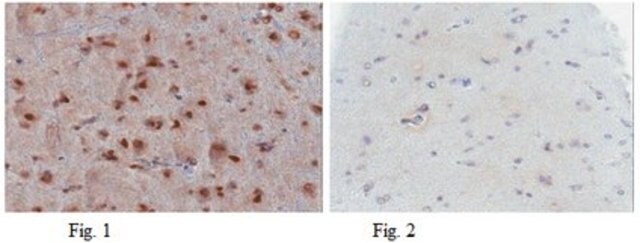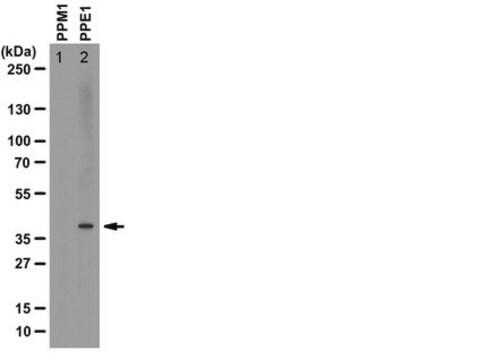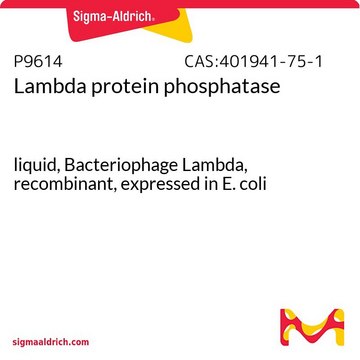MABS270
Anti-PP2A reg. subunit B56 epsilon (PPP2R5E) Antibody, clone 5A5-1F3
clone 5A5-1F3, from mouse
Synonym(s):
Serine/threonine-protein phosphatase 2A 56 kDa regulatory subunit epsilon isoform, PP2A B subunit isoform B′-epsilon,
PP2A B subunit isoform B56-epsilon, PP2A B subunit isoform PR61-epsilon, PP2A B subunit isoform R5-epsilon
About This Item
Recommended Products
biological source
mouse
Quality Level
antibody form
purified immunoglobulin
antibody product type
primary antibodies
clone
5A5-1F3, monoclonal
species reactivity
human, mouse
technique(s)
immunocytochemistry: suitable
immunoprecipitation (IP): suitable
western blot: suitable
isotype
IgG1κ
NCBI accession no.
UniProt accession no.
shipped in
wet ice
target post-translational modification
unmodified
Gene Information
human ... PTPA(5524)
General description
Specificity
Immunogen
Application
Neuroscience
Apoptosis & Cancer
Kinases & Phosphatases
Apoptosis - Additional
Immunocytochemistry Analysis: A representative lot detected PP2A reg. subunit B56 epsilon (PPP2R5E) in U2OS cells. (Max F. Perutz Laboratories, Medical University of Vienna, Austria).
Immunoprecipitation Analysis: A representative lot immunoprecipitated endogenous PP2A reg. subunit B56 epsilon (PPP2R5E) in a panel of U2OS cell lysates expressing the B56 alpha, beta, gamma, delta, and epsilon regulatory subunit of PP2A (Max F. Perutz Laboratories, Medical University of Vienna, Austria).
Quality
Western Blot Analysis: A 1:1,000 dilution from a representative lot detected PP2A reg. subunit B56 epsilon (PPP2R5E) in 10 µg of NIH/3T3 cell lysate.
Target description
Physical form
Storage and Stability
Analysis Note
NIH/3T3 cell lysate
Disclaimer
Not finding the right product?
Try our Product Selector Tool.
Storage Class Code
12 - Non Combustible Liquids
WGK
WGK 1
Flash Point(F)
Not applicable
Flash Point(C)
Not applicable
Regulatory Listings
Regulatory Listings are mainly provided for chemical products. Only limited information can be provided here for non-chemical products. No entry means none of the components are listed. It is the user’s obligation to ensure the safe and legal use of the product.
JAN Code
MABS270:
Certificates of Analysis (COA)
Search for Certificates of Analysis (COA) by entering the products Lot/Batch Number. Lot and Batch Numbers can be found on a product’s label following the words ‘Lot’ or ‘Batch’.
Already Own This Product?
Find documentation for the products that you have recently purchased in the Document Library.
Our team of scientists has experience in all areas of research including Life Science, Material Science, Chemical Synthesis, Chromatography, Analytical and many others.
Contact Technical Service








